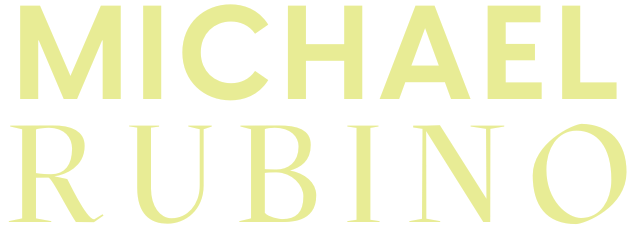When it comes to indoor air quality and contaminants, a fair number of us probably come to the table with a rather limited amount of information on hand. Society just doesn’t chat about mold growth and indoor contamination all that often (which needs to change ASAP). For instance, bleach should not be used to effectively get rid of mold, even though that’s been the solution for decades!¹ Another missing puzzle piece in creating a healthier environment is the importance of removing bacteria, mold, and mycotoxins and how to properly accomplish that task.
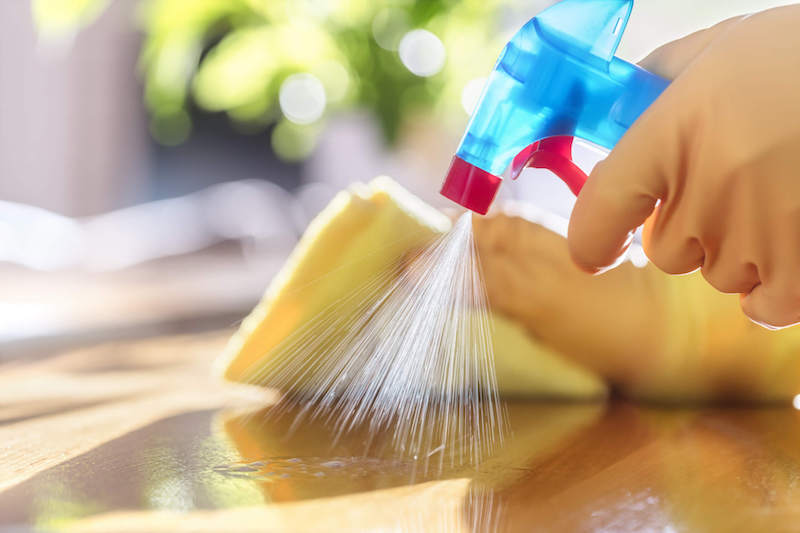
After the last few years of dealing with COVID-19, we’re probably all aware of the importance of removing bacteria from surfaces to prevent illness and infection. What about in a water-damaged area that’s full of growing mold, though? Or an appliance that wasn’t cleaned enough or malfunctioned and now has a mold, mycotoxin, and bacteria party going on inside?
The issue is that even if you work to remove the mold, the bacteria and mycotoxins can remain behind when the proper cleaning procedure isn’t used.
These harmful contaminants are especially difficult to remove and wipe away because they stick to the surface like super glue. If these particles are left behind, exposure will continue and any symptoms can persist. Hence, knowing the how and why of removing bacteria, mold, and mycotoxins is so crucial!
And, this movement towards a clean indoor space doesn’t just begin and end with remediation. Removing bacteria, mold, and mycotoxins proactively also helps ensure your home remains as safe and clean as possible.
Removing Bacteria, Mold, and Mycotoxins: The Contaminants You're Battling
When it comes to getting rid of a mold problem, it’s best to know what microscopic particles you’re dealing with and how in the world they got into your home.
Mold: The Fungus Among Us
There are over 100,000 species of mold identified so far, and they all reproduce by creating microscopic spores and releasing them into the air.²’³ It’s similar to how a dandelion puff releases those fluffy white seeds into nature. Like a seed, these spores won’t begin to grow unless they find a surface with the perfect conditions, kind of like Goldilocks and her porridge. Except that mold spores only need four simple ingredients to transition into the world of the living.⁴
These four components are:
- Oxygen (they require a ridiculously small amount)
- Food (they eat almost anything)
- Temperature (most prefer 40-90 degrees Fahrenheit, but some can live in the extremes)
- Moisture (the often missing component)
It just so happens that our indoor spaces offer almost all of these, except moisture. However! If there’s a damp patch on the carpet, a leaking dishwasher, or a flooding event that’s wet for at least 24 hours and a spore happens upon it? It’ll put down roots faster than a child can get into trouble. Once those roots are down and the growing mold is up and running, it will turn into a particle factory and begin releasing more spores.
Mycotoxins: The Toxic Counterpart
Some species of mold can also create and release microscopic toxins called mycotoxins when they feel threatened.⁵
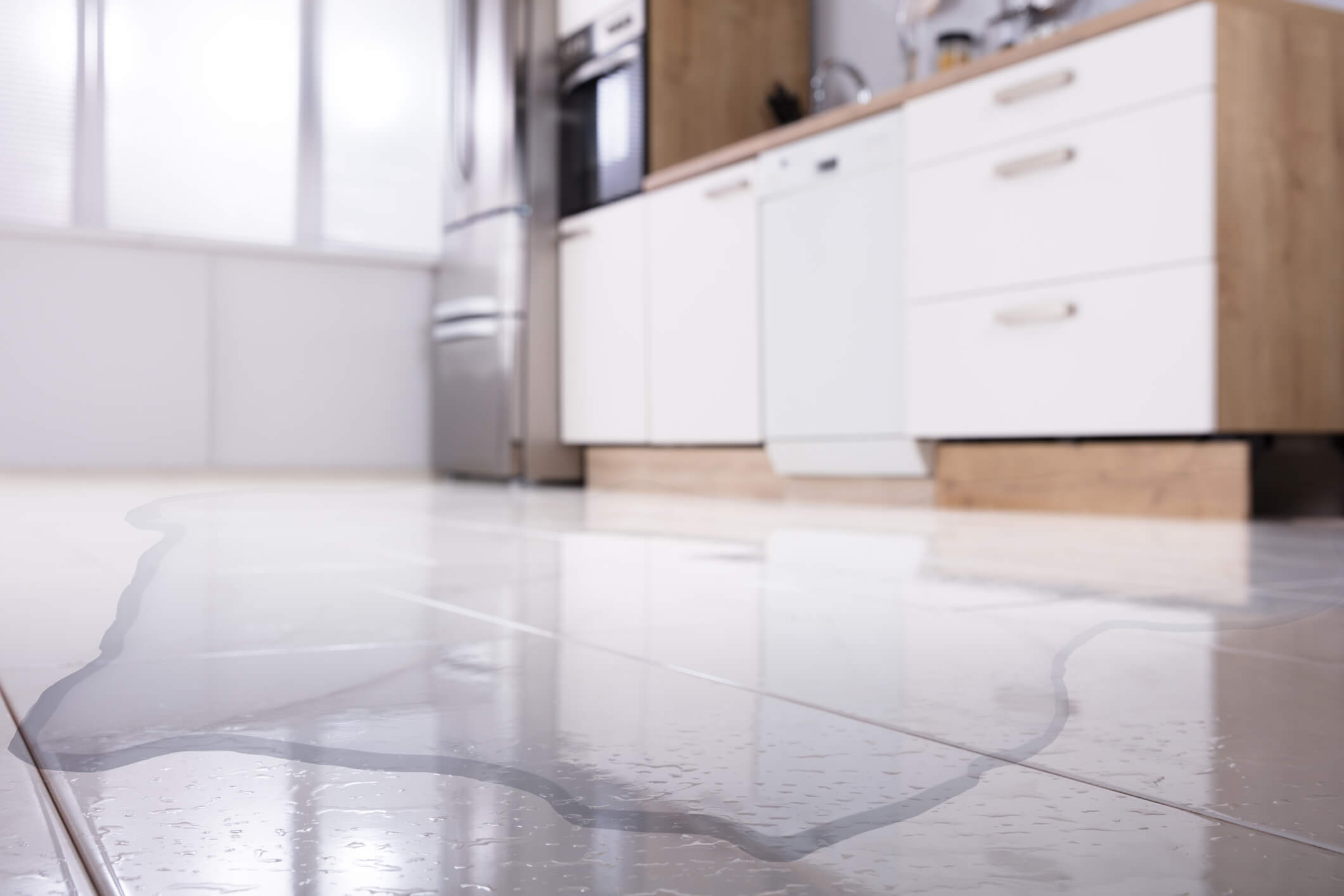
Researchers are still attempting to figure out what exactly these threatening events are, but a few examples include using harsh chemicals (cough, cough bleach!) and a new species of mold moving into its territory. Cue moldy toxic warfare. These mycotoxins will float all around until they hit a surface and then, as mentioned earlier, stick to it like glue.
Also, it’s interesting to note that while the FDA established limits for acceptable amounts of mycotoxins in our food products, no limits have been created for our indoor environments.⁶ Doesn’t quite make sense, does it?
The Combined Effect
But, back to mold and mycotoxins. Why is all that a problem when it’s occurring in our indoor environments? Many reasons! First of all, that mold can eat through many of the surfaces it’s growing on, like flooring and drywall. The most important issue, though, is the effect indoor mold growth can have on health. A great analogy is to think of your home as a snow globe. A mold globe, if you will.
As the mold continues to grow and release spores (and sometimes mycotoxins), all of those particles remain trapped within the walls of your home; they’re floating through the air and landing on whatever surface they brush up against. As long as the mold factory is up and running, the volume of particles within the home will continue to climb, tanking the indoor air quality and covering the home in contamination.
This is one of the biggest misconceptions about indoor mold growth. It’s not just that one moldy area you have to worry about. These tiny microscopic particles will ride the air current inside of your home to wherever that leads, even if it's on a totally different floor of the building. Getting rid of that contamination and creating a safe environment involves decontaminating the entire home, including belongings.
Bacteria: The Potential Triple Threat
There are around 30,000 species of bacteria identified so far, and they exist almost everywhere in the world.⁷ Not all bacteria are bad for our health, though! Some actually help the body, like those within the digestive system that help process our food.⁸ However, some can cause a real problem if they’re living in our homes.
Being that they’re microscopic, bacteria can easily find their way into our indoor environment. They can fly right in through the front door, hitch a ride on a pet’s fur, be carried in on clothing and skin, or be tossed into the air by coughing and/or sneezing.⁹ Because of how much time we spend inside our homes, they have become quite the microbiome.¹⁰
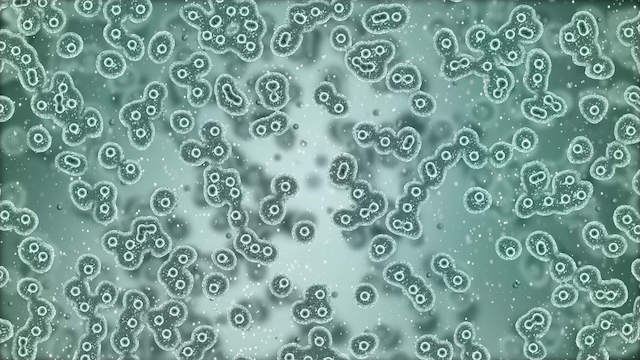
Like mold, bacteria love our indoor spaces because they often offer the perfect conditions for survival and growth. These give a single bacteria moisture, nutrients, and certain environmental conditions and it will thrive. Every species is a little different and requires variations of things such as pH, oxygen, temperature, and carbon dioxide levels.¹¹
A water event can lead to mold growth, but it can also provide the perfect conditions for bacterial growth as well. If a lucky bacteria cell comes from the water event itself, like a flood, or blows right in through the front door and lands on that patch of moisture, it can settle in and begin to reproduce. While mold reproduces by creating spores, bacteria primarily reproduce through a process called binary fission, where the cell splits into two identical daughter cells.¹²
As long as the conditions are right for growth, this process will continue and bacteria cells will build up. Because these particles are so small, around 2 microns on average, they can be kicked up by movements such as walking or a random air current.¹³ Then, those particles will become airborne and fly all throughout the home.
The Size Factor in Removing Bacteria, Mold, and Mycotoxins
A micron is a unit of measurement that’s one-millionth of a meter. To put it into perspective, you’d have to line up 1,000 microns to equal the distance between those two tiny lines on a ruler. Since the human eye can only see particles around 40 microns in size, we’re talking about seriously itty bitty particles that have the ability to go airborne and make their way into our lungs.
The EPA coined these small particles "particulate matter" and breaks them down into two categories, both of which are inhalable:¹⁴
- PM10: particles that have a diameter of around 10 micrometers or less.
- PM2.5: fine particles that have a diameter of around 2.5 micrometers or less.
With mold spores averaging 1-20 microns in size and mycotoxins around 0.1, a majority of these three indoor contaminants can easily enter our bodies and start causing mayhem.
The Health Aspect: Why Removing Bacteria, Mold, and Mycotoxins is Important
When it comes to the effect of mold exposure on health, researchers are still attempting to determine exactly how this fungus among us affects our bodies. Aspects such as genetics, length of exposure, species of mold, and immune system status all play a role. What they do know is that individuals with a compromised or developing immune system are at a much greater risk of developing symptoms faster and to a greater extent. ¹⁵’¹⁶’¹⁷’¹⁸
Regardless of the variables, inhaling a large number of foreign particles isn’t exactly a positive for maintaining health. The immune system will attempt to fight them all off, but eventually, it can get overrun, bogged down, or even malfunction. That’s why mold exposure often goes hand in hand with autoimmune conditions such as Lyme disease, Candida, and PANS/PANDAS.
As for mycotoxins and bacteria, lots of research points to the effect these particles can have on our bodies. While mycotoxins are naturally toxic, bacteria have a variety of methods (based on the species) of releasing harmful toxins that are harmful to the body.¹⁹’²⁰’²¹’²²’²³
The combined effect of this triple whammy of contaminants can cause a list of symptoms such as:
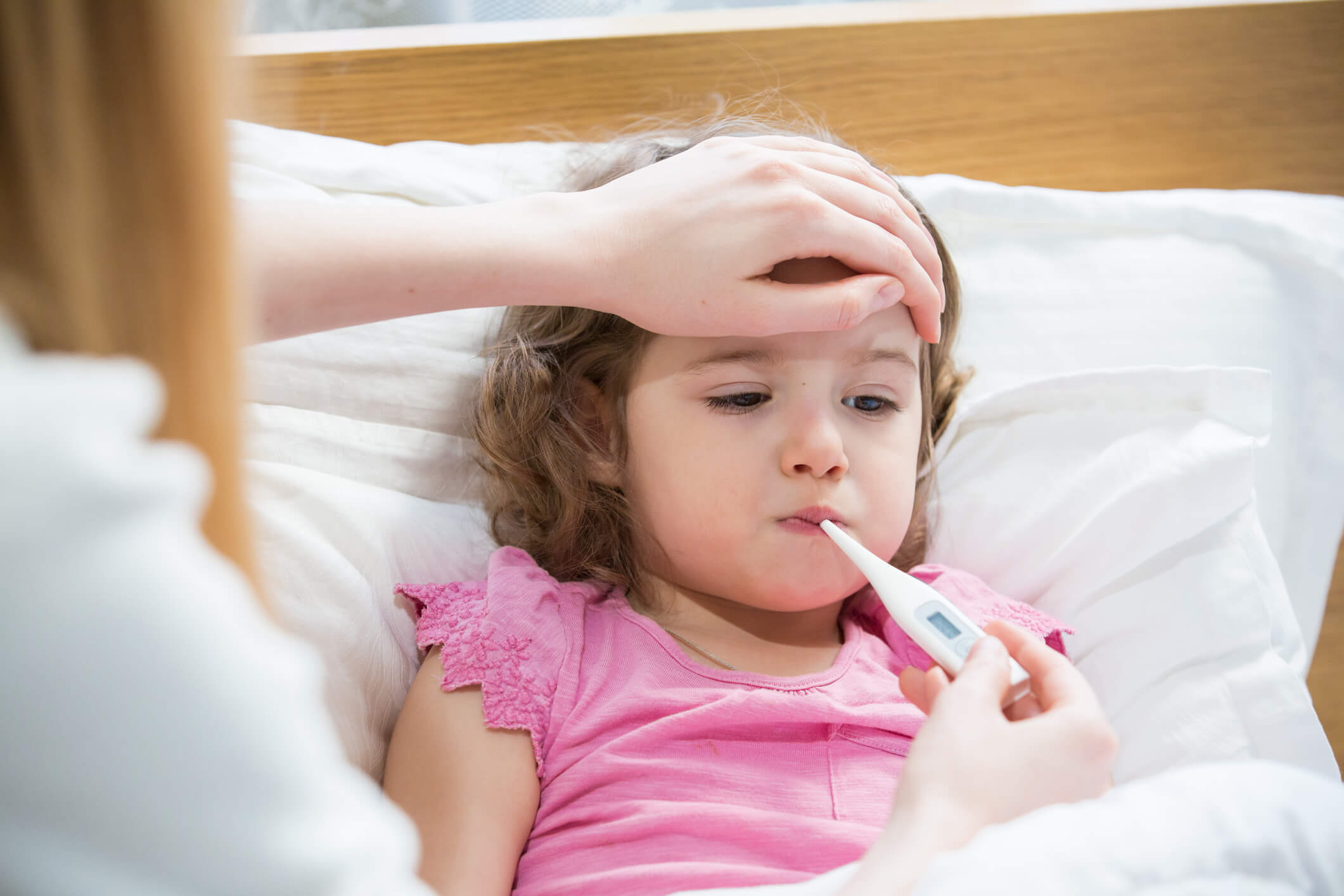
These adverse health effects are why it’s important to immediately and properly handle indoor mold growth and the other contaminants that might be present. If the particles remain in the home, exposure will continue and so will those symptoms.
Removing Bacteria, Mold, and Mycotoxins
Whether you’re taking care of a small mold problem on your own, facing a large remediation project, or looking to prevent any issues from occurring in the first place, it’s important to have an action plan for removing bacteria, mold, and mycotoxins from your home.
Small Mold Problems
If you’re staring at a moldy dishwasher, a random surface, or the refrigerator, you’re going to want the right tools and procedures for kicking those contaminants to the curb. First things first, if you’re handling this small problem on your own, just assume that bacteria and mold are present. It’s always better to be safe than sorry when it comes to the health of you and your family.
Next, determine which surface you’re working with. The type of surface will determine your cleaning method.
These surface types include:
- Porous: liquid absorbs into them, such as clothing, lampshades, and carpet
- Non-porous: liquid pools on top of them, such as finished wood, sealed countertops, and glass
- Semi-porous: some liquid pools on top and some seeps into it, such as unsealed wood, leather furniture, and some plastic
From there, grab your cleaning tools. These should include a HEPA vacuum cleaner, botanical cleaning products, microfiber towels, and protective gear. If you or a family member are experiencing symptoms from this mold, it’s best to also invest in an air scrubber to remove any particles kicked up by cleaning.
Then, tackle the mold using the proper cleaning procedures based on the surface type.
The key thing to remember is to complete the cleaning process at least three times to remove mycotoxins and bacteria, the super sticky particle nightmares. From there, thoroughly clean the entire room that was affected, as well as the rest of the home, to remove any stray particles.
If the mold comes right back, you can attempt to clean it again, but a) if it’s a personal belonging, it’s best to throw it out and replace it, and b) if it’s a surface in the home, it might be time to call in a mold inspector and see if there’s a bigger problem at hand. Again, when it comes to your health, acting with caution is always the best choice.
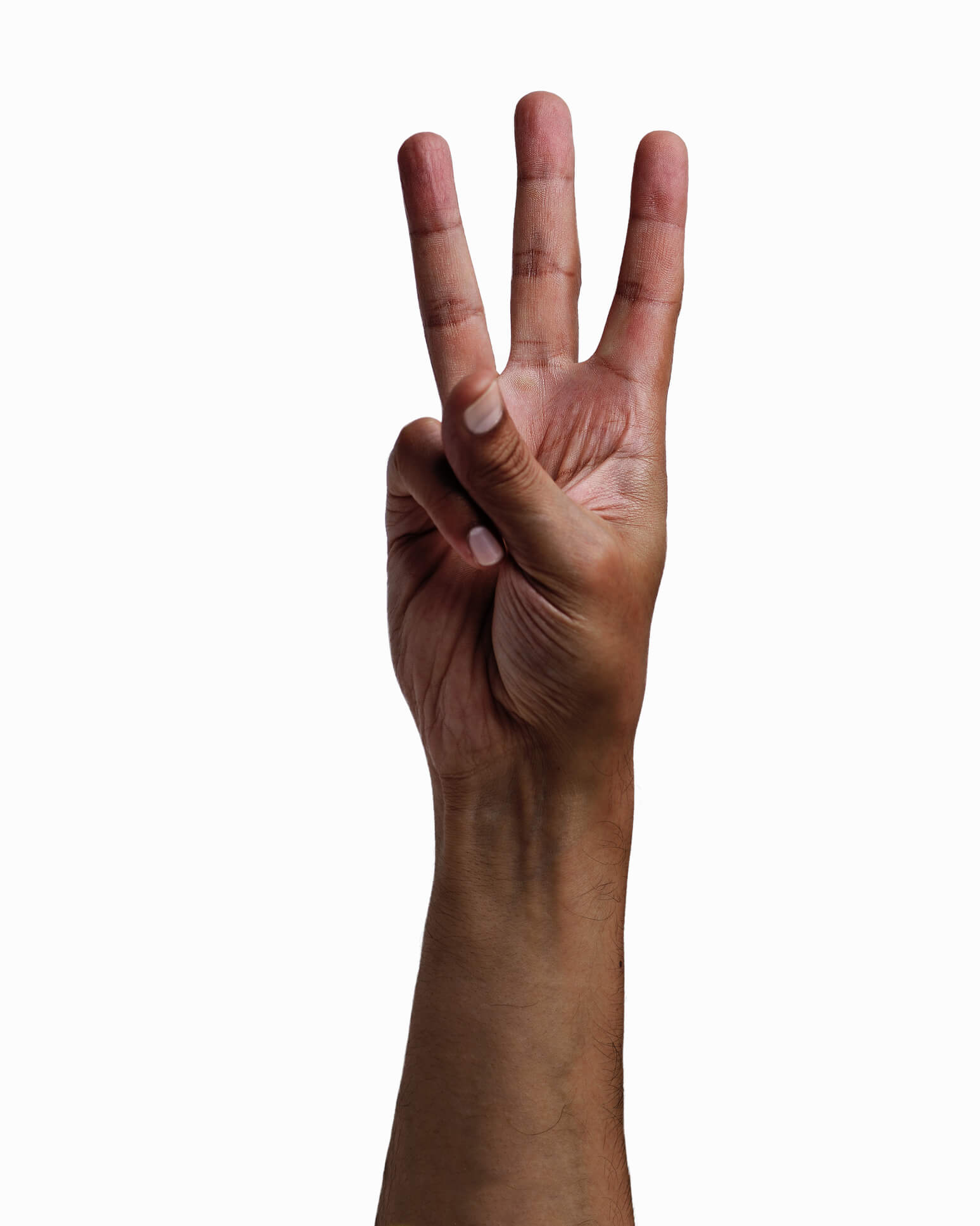
HomeCleanse offers both a Content Cleaning Kit and a Home Detox Box to help get you started removing bacteria, mold, and mycotoxins from your home.
Remediation Projects
This is a multi-step process that has to be done correctly in order to remove the contamination from the home.
Your first step will be to contact a mold inspector to assess the current contamination in your home. Be wary, though, because not all inspectors are built the same. The one you choose should take a few hours to inspect your home and use a variety of testing methods.
Some of the data you should expect to see is:
- Types of molds present
- Quantities of each mold
- Potential spores in the HVAC system
- Presence of mycotoxins
- Presence of bacteria
This will provide your remediation team with the information they need to tackle the project and ensure all of the contamination is removed from your home. Like mold inspectors, not all remediation teams are the same.
The company that remediates your homes should prioritize your health and stand on three pillars for success:
- Remediate the sources properly
- Identify and address the problems that led to those sources in the first place
- Eliminate all contamination that’s present
Each step is crucial because if they fail to fix the source of the problem, the mold and bacterial growth can come back stronger than ever down the road. Also, when they do not attempt to remove mycotoxins and bacteria or aren’t sure how to properly address them, those contaminants will remain behind and continue affecting your health.

When the remediation team leaves, you should be looking at a completely solved mold problem and a home that's decontaminated completely and is safe for you and your family.
Prevention Project
The best way to avoid a mold problem and maintain a clean and safe house is to actively start removing bacteria, mold, and mycotoxins. It’s inevitable that mold spores, mycotoxins, and bacteria will make their way into your home. Even food products can have these tiny particles on them!
Not to mention, with how homes are being built tighter for energy efficiency, those particles will remain inside and continue to build up unless they’re taken care of. Built-up toxic particles in a home create poor air quality, impact health, and increase the chances of a moldy, bacteria-packed, toxic issue developing.
To actively work on removing bacteria, mold, and mycotoxins from the home, you can:
- Invest in HEPA filters
- Routinely deep clean your home
- Invest in air purifiers
- Schedule bi-annual HVAC service appointments
There are many other steps you can take to start removing bacteria, mold, and mycotoxins from your home, but those are great places to start! When in doubt or if you’re looking for more ways to prevent a contaminated indoor environment, contact an expert to get their advice.
Avoiding Particle Chaos
The last thing anyone wants is to live in a snow globe filled with contaminants.

That’s why it’s so important to build a foundation of knowledge on how to create a safe environment, and that includes removing bacteria, mold, and mycotoxins. When these are all over the place, your health and the health of your family can suffer.
Society may not have caught up on how important a safe indoor space is, but it’ll get there! Until then, do what you can when you can to create a safe and clean environment. You take 20,000 breaths per day on average, and the majority of those inhalations are taken right within your own home.²⁴ What’s in that air matters!
Health begins at home.™
Citations:
- Environmental Protection Agency. (n.d.). Mold. EPA. Retrieved from https://www.epa.gov/mold.
- Centers for Disease Control and Prevention. Basic facts about mold and dampness. Centers for Disease Control and Prevention. Retrieved from https://www.cdc.gov/mold/faqs.htm.
- Lstiburek, J., Brennan, T., & Yost, N. (2002, January 15). Rr-0208: What you need to know about mold. Building Science Corporation. Retrieved from, https://www.buildingscience.com/documents/reports/rr-0208-what-you-need-to-know-about-mold/view.
- World Health Organization. (n.d.). Mycotoxins. World Health Organization. Retrieved from https://www.who.int/news-room/fact-sheets/detail/mycotoxins.
- EPA. (n.d.). Should I use bleach to clean up mold? EPA. Retrieved from https://www.epa.gov/mold/should-i-use-bleach-clean-mold.
- FDA. (2016, September 30). Food and Drug Administration COMPLIANCE PROGRAM GUIDANCE MANUAL. Food and Drug Administration. Retrieved January 27, 2022, from https://www.fda.gov/media/140749/download
- Dykhuizen D. Species Numbers in Bacteria. Proc Calif Acad Sci. 2005;56(6 Suppl 1):62-71.
- May Clinic Staff. (2020, March 5). Germs: Protect against bacteria, viruses and infection. Mayo Clinic. Retrieved from https://www.mayoclinic.org/diseases-conditions/infectious-diseases/in-depth/germs/art-20045289#:~:text=Not%20all%20bacteria%20are%20harmful,causing%20organisms%20and%20provides%20nutrients.
- Gould, S. E. (2013, July 13). How bacteria get inside your House. Scientific American Blog Network. Retrieved from https://blogs.scientificamerican.com/lab-rat/how-bacteria-get-inside-your-house/
- Kelley ST, Gilbert JA. Studying the microbiology of the indoor environment. Genome Biol. 2013;14(2):202. Published 2013 Feb 28. doi:10.1186/gb-2013-14-2-202
- Taylor, S. (2019, March 2). What three conditions are ideal for bacteria to grow? Sciencing. Retrieved from https://sciencing.com/three-conditions-ideal-bacteria-grow-9122.html
- Britannica Staff. (n.d.). Microbiome: Reproduction and growth. Encyclopædia Britannica. Retrieved from https://www.britannica.com/science/microbiology/Reproduction-and-growth
- Britannica Staff. (n.d.). Diversity of structure of bacteria. Encyclopædia Britannica. Retrieved from https://www.britannica.com/science/bacteria/Diversity-of-structure-of-bacteria
- EPA. (n.d.). Health and Environmental Effects of Particulate Matter (PM). EPA. Retrieved October 8, 2021, from https://www.epa.gov/pm-pollution/health-and-environmental-effects-particulate-matter-pm.
- Environmental and Occupational Health Assessment Program, & Environmental and Occupational Health Assessment Program, & Health Science Section, Mold Basics for Primary Care Clinicians (2009). Hartford, CT; Connecticut Department of Public Health. , H. S. S., Mold Basics for Primary Care Clinicians 1–10 (2009). Hartford, CT; Connecticut Department of Public Health.
- Curtis, L., Lieberman, A., Stark, M., Rea, W., & Vetter, M. (2004). Adverse health effects of indoor molds. Journal of Nutritional & Environmental Medicine, 14(3), 261-274.
- Bush, R. K., Portnoy, J. M., Saxon, A., Terr, A. I., & Wood, R. A. (2006). The medical effects of mold exposure. Journal of Allergy and Clinical Immunology, 117(2), 326-333
- Fisk, W. J., Lei-Gomez, Q., & Mendell, M. J. (2007). Meta-analyses of the associations of respiratory health effects with dampness and mold in homes. Indoor air, 17(4), 284-296.
- Wild, C. P., & Gong, Y. Y. (2010). Mycotoxins and human disease: a largely ignored global health issue. Carcinogenesis, 31(1), 71-82.
- Andersson, M. A., Nikulin, M., Köljalg, U., Andersson, M. C., Rainey, F., Reijula, K., ... & Salkinoja-Salonen, M. (1997). Bacteria, molds, and toxins in water-damaged building materials. Applied and environmental microbiology, 63(2), 387-393.
- Britannica Staff. (n.d.). Bacterial disease. Encyclopædia Britannica. Retrieved from https://www.britannica.com/science/bacterial-disease
- Physiopedia Staff. (n.d.). Bacterial infections. Physiopedia. Retrieved from https://www.physio-pedia.com/Bacterial_Infections
- da Rocha, M. E. B., Freire, F. D. C. O., Maia, F. E. F., Guedes, M. I. F., & Rondina, D. (2014). Mycotoxins and their effects on human and animal health. Food Control, 36(1), 159-165.
- Brown, A. (2014, April 28). How Many Breaths Do You Take Each Day? [web log]. Retrieved November 16, 2021, from How Many Breaths Do You Take Each Day?
